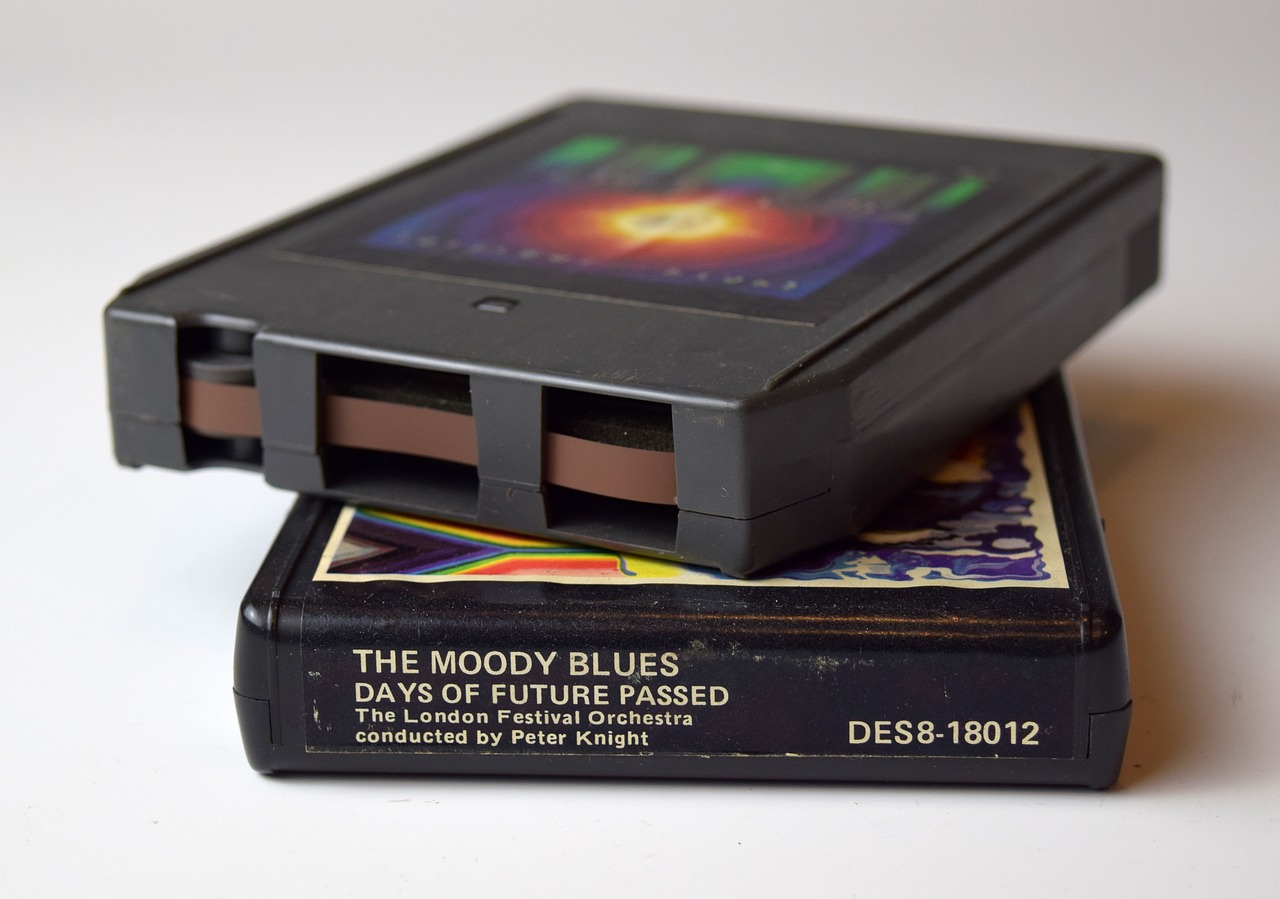PLC与嵌入式控制器的区别
PLC(可编程逻辑控制器)和嵌入式控制器是两种不同类型的控制器,它们在功能、性能和适用范围等方面存在差异。PLC是一种专门为工业控制而设计的控制器,它可以通过编程实现各种复杂的控制逻辑,如顺序控制、循环控制、条件控制等。PLC的控制算法和程序通常是由专业的工程师或技术人员编写和调试的,因此它们可以确保系统的稳定性和可靠性。嵌入式控制器是一种将控制器集成到设备中的控制器,它通常用于控制设备的某个特定功能或操作。嵌入式控制器通常是由设备制造商根据设备的需求和规格进行设计和制造的,因此它们可能不具备像PLC那样强大的编程和调试能力。嵌入式控制器通常更加贴近设备,可以更好地与设备的硬件和软件集成在一起,从而提高设备的整体性能和稳定性。PLC和嵌入式控制器各有其优点和缺点,适用于不同的工业控制场景。在选择使用哪种控制器时,需要根据具体的应用需求、设备规格和控制要求等因素进行综合考虑。
Title: PLC vs. Embedded Controllers: Key Differences and Similarities

In the world of industrial automation, two terms that are often used interchangeably are PLC (Programmable Logic Controller) and embedded controllers. However, there are significant differences and similarities between these two types of controllers that need to be understood for effective application in industrial systems.
PLC (Programmable Logic Controller)
PLC is a type of industrial computer that is designed to automate and control industrial processes. It is a standalone device that can receive inputs from sensors and provide outputs to actuators based on pre-programmed logic instructions. PLCs are typically used in applications where the control logic is relatively simple and does not require complex algorithms or large data processing capabilities.
Embedded Controllers
Embedded controllers, on the other hand, are microcontrollers that are embedded within a larger system or device. They are designed to perform specific tasks or functions within that system or device. Embedded controllers are often used in applications where the control logic is more complex or where there is a need for real-time data processing or decision making.
Key Differences
1、Form Factor: PLCs are typically larger and more complex devices compared to embedded controllers. They have more processing power and memory capacity, which allows them to handle more complex tasks and larger data sets. Embedded controllers, on the other hand, are designed to be small and lightweight, with limited processing power and memory capacity.
2、Programming Interface: PLCs have a dedicated programming interface that allows users to program the device using ladder logic, structured text, or function blocks. This interface provides a high-level abstraction of the underlying hardware, making it easier for users to understand and implement control logic. Embedded controllers, on the other hand, may have a more limited programming interface or none at all, depending on the specific application and requirements of the system.

3、Cost: PLCs are typically more expensive compared to embedded controllers. This is because PLCs have more advanced features, more processing power, and a more robust programming interface. Embedded controllers, on the other hand, are designed for specific applications and may have limited features or capabilities, making them less expensive overall.
4、Scalability: PLCs are designed to be scalable, meaning that they can be easily expanded or upgraded to meet the increasing demands of industrial processes. Embedded controllers, on the other hand, are often fixed in their functionality and cannot be easily expanded or upgraded without significant effort and cost.
Similarities
1、Both PLCs and embedded controllers are designed to automate and control industrial processes. They receive inputs from sensors and provide outputs to actuators based on pre-programmed logic instructions or algorithms.
2、Both types of controllers have limited processing power and memory capacity compared to general-purpose computers. This is because they are designed for specific applications where performance and reliability are crucial.
3、The programming interfaces of both PLCs and embedded controllers are often tailored to meet the needs of industrial automation engineers. They provide a high-level abstraction of the underlying hardware, making it easier for users to understand and implement control logic.
In conclusion, PLCs and embedded controllers have significant differences in terms of form factor, programming interface, cost, and scalability. However, they also share many similarities in terms of their purpose, limited processing power, and tailored programming interfaces. When selecting a controller for an industrial automation application, it is important to consider these differences and similarities to ensure that the controller meets the specific needs of the application while providing cost-effective solutions for the overall system.
Articles related to the knowledge points of this article:
PLC Controller: Which One to Choose?
Shanghai Yingzhou PLC Controller: A Comprehensive Guide
PLC Controller Manufacturers: A Closer Look
Title: Touch Screen PLC Controller: Its Role in Modern Automation Processes